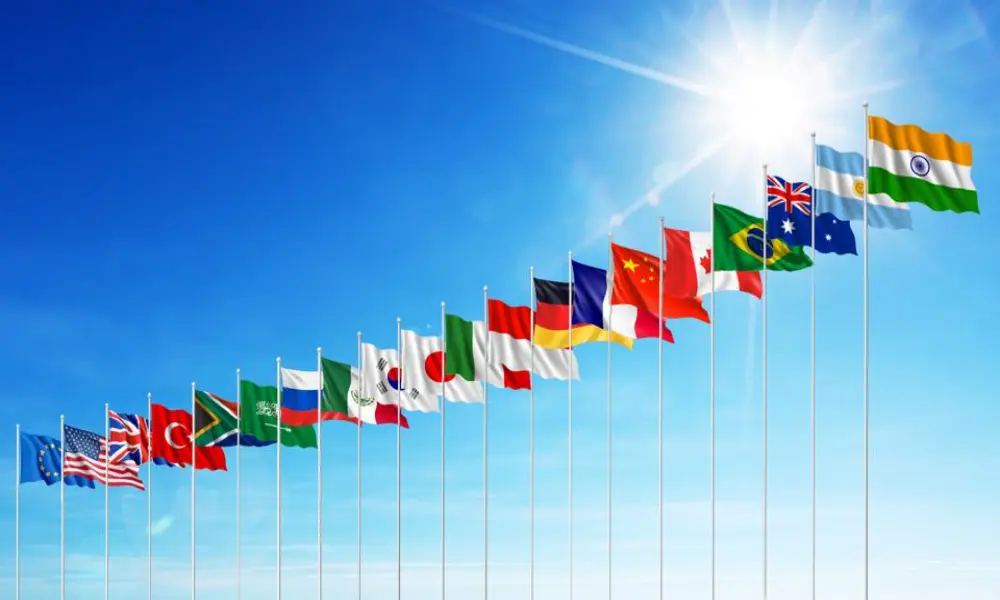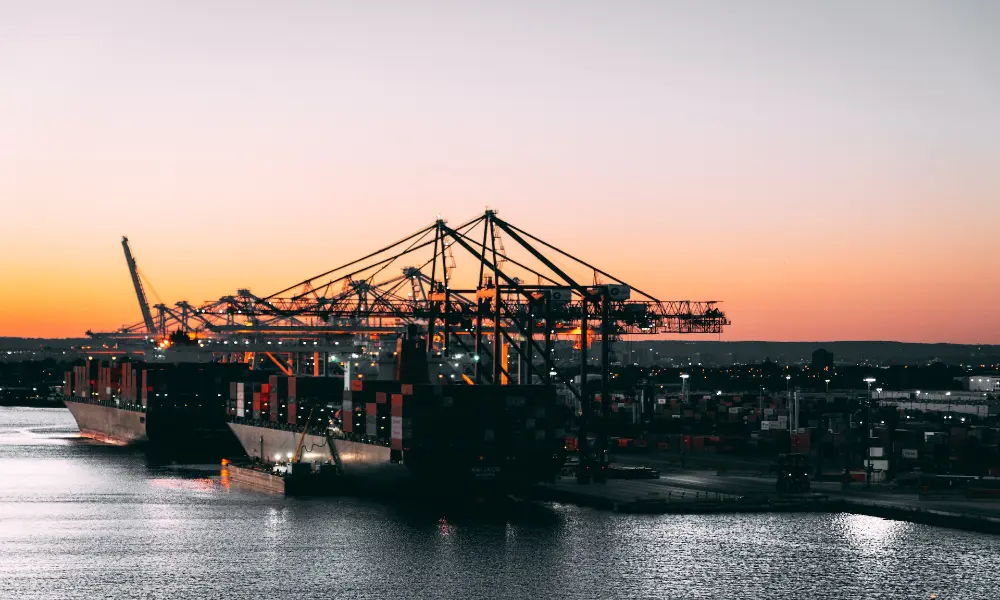In the maze of global energy exchanges, Europe’s hopes of sourcing more liquefied natural gas (LNG) from Egypt appear bleak in the near term, reveals a report by the Oxford Institute of Energy Studies. Hindered by tight gas balances and dwindled importation from its ally Israel, Egypt’s ability to dispatch LNG to Europe is increasingly daunting.
Last year, a substantial 80% of Egypt’s LNG exports were transported to Europe. Intensified by Russia’s invasion of Ukraine, Europe’s scramble to substitute the Russian pipeline gas saw Egypt as the primary contender. However, the unfolding geopolitical tussles are now turning these hopeful liaisons sour.
The Impact of Israel’s Conflict on Egypt’s LNG Exports
Rewinding to June of the previous year, the European Union propagated a framework agreement among the bloc, Israel, and Egypt. The accord was expected to allow Cairo to uphold substantial volumes of LNG supply to Europe. However, these agreements were curved out of shape when the Israel-Hamas conflict emerged.
In the wake of the conflict, Chevron, in October, ceased the operations of the Israeli Tamar gas field and subsequently suspended exports through the subsea EMG pipeline, which extends from Ashkelon in Southern Israel to Egypt.
Challenging Domestic Conditions in Egypt
The gas resources of the densely populated Arab nation were already strained before the conflict erupted due to a population-driven increase in demand. Making matters worse, gas production in the region plummeted to a three-year low this year.
Amid these tight circumstances, Egypt wrestled with unprecedented power outage events, commencing in summer and trickling down to October. Consequently, these high-demand circumstances resonated in diminished, if not zero, LNG exports in the May-September span.
The Unfulfilled Expectations of the EU
Rekindling exports in October and November does provide a sliver of hope, yet the Oxford Institute predicts a continuation of Egypt’s LNG export squeeze. The contractual commitment from the June 2022 Memorandum of Understanding between Egypt, Israel, and the EU, which intends to escalate supply, seems increasingly unlikely to materialize.
Israel’s contributions to Egypt’s supply mix, in essence, bolster Egypt’s LNG exports. According to data from Rystad Energy, Cairo imports around 7 billion cubic feet of natural gas every year from the Tamar and Leviathan developments, underpinning domestic demand and fuelling liquefaction plants.
A Bleak Outlook for the Future
Despite these arrangements, Egypt’s LNG dispatches to Europe project a gloomy picture. Q4 2022 data from ICIS and Kpler illustrate a drastic dip in exports—Egypt dispatched two LNG cargoes in both October and November, almost a third of its April tally.
Leading LNG analyst at ICIS, Alex Froley, notes that Egypt’s LNG exports are bound to remain trivial at best throughout the winter. Amid these uncertainties, Egypt’s petroleum ministry has, so far, kept silent, leaving much of the industry speculating about the recent downturn and its likely impacts on the global energy dynamics.



